非常感谢 Romullo Baratto 将以下授权ALA-Designdaily发行。
Appreciation towards Romullo Baratto for providing the following description:
The entertainment industry frequently captures unusual architecture from theme parks that explore bygone eras to remote locales in the hills of Las Vegas that often go unseen.
A two-hour drive from Rio de Janeiro’s renowned beaches you can find a 20th century French Normandy building in the state’s sierra region: The Palácio Quitandinha.
Located in the Imperial City of Petrópolis – once a summer resort for monarchs who lived in the capital – the hotel-casino opened on February 12, 1944. The international shortage due to World War II did not prevent Joaquim Rolla, a mining entrepreneur, from hiring architects Luis Fossai and Alfredo Baeta Neves to design what would become the largest building of its kind in Latin America.
The golden age of Palácio Quitandinha did not last long. Two years after opening, in May of 1946, the then president Eurico Gaspar Dutra prohibited gambling in Brazil, forcing the Palácio to exist only as a hotel. Soon this became financially impractical and, in 1963, the owner sold it to a business group that turned it into a luxury condominium.
The new owners kept the rooms in use, even though they were purchased by individuals and turned into apartments. However, the ground floor and the basement, that once housed the casino, were left empty – almost abandoned – creating nothing but expenses.
After more than four decades of underuse, the entertainment and leisure areas were purchased by Sesc Rio and opened to the public in 2007.
The exterior of the 50,000 square meter building looks quite old-fashioned compared to the modern works of the time. However, somehow it matches the city’s atmosphere, marked by German colonization, which remains a tourism feature as the city has become a mountain resort, with close proximity to Rio de Janeiro.
It is not the exterior, however, that impresses. The inside, designed by American interior and set designer Dorothy Draper, is practically a Hollywood movie. Excessive ornaments, vibrant colors, heavy fabrics, and scenic lighting take us to the big screen. Its decadent atmosphere resembles Wes Anderson’s works, a result of decades of underuse and furniture anachronism. It perhaps is one of the greatest visual attractions of the Palácio – at least for architects and Anderson enthusiasts.
Rooms that once held pompous events for national and international celebrities are today testimonies of a distant past. The scale and grandiosity are historical vestiges of a time which, though did happen in the Imperial City, are more connected to the Hollywood imagination, with its stars, parties, and ostentation.
Listed as a heritage building by the State Institute of Cultural Heritage (Inepac), today the palace is dedicated to culture. Not only for its attractions – music, theater, and dance – but for preserving the memory of the place and, most of all, keeping alight the spark that creates movies in the imagination of all who visit.



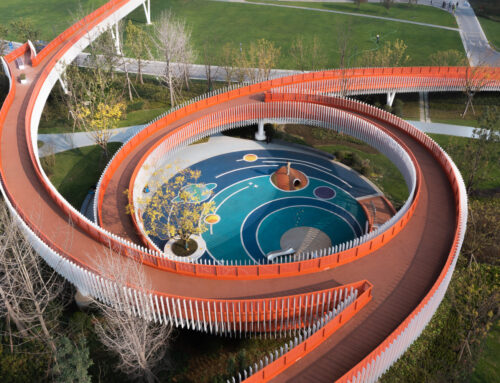
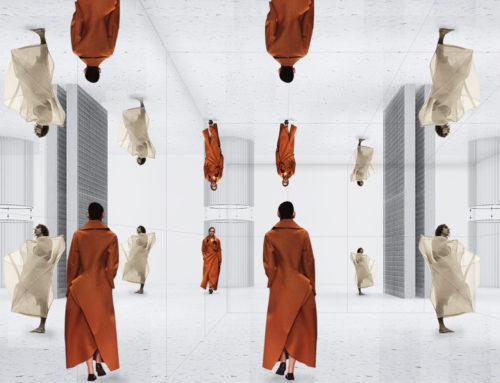
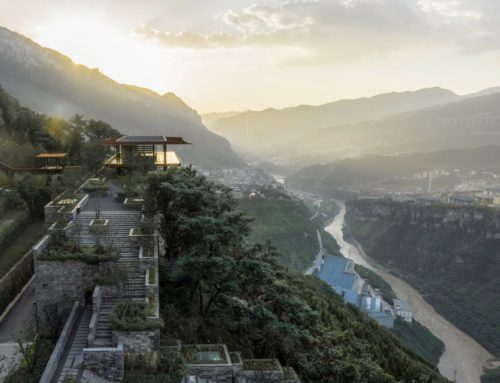
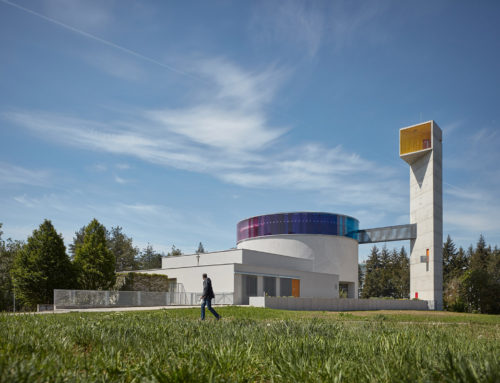
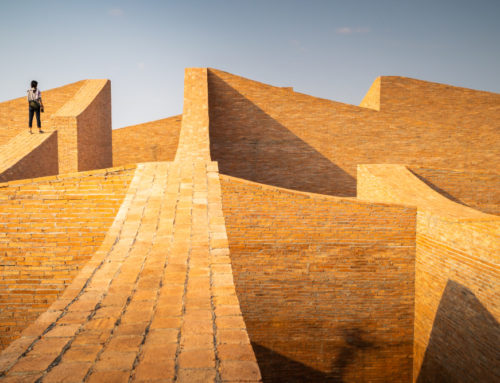
评论